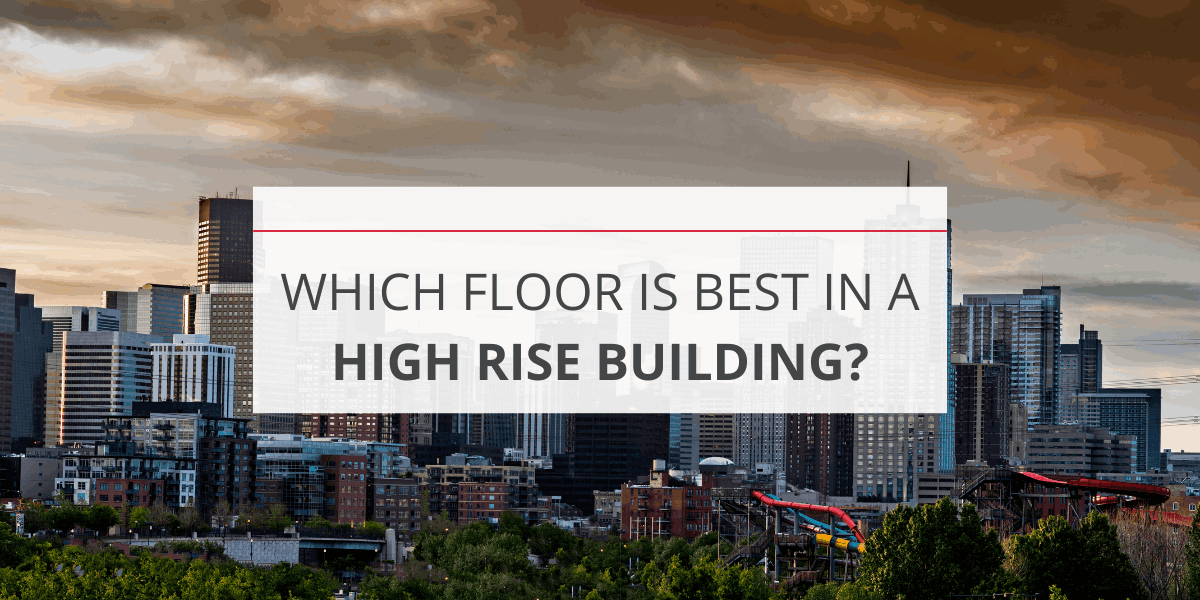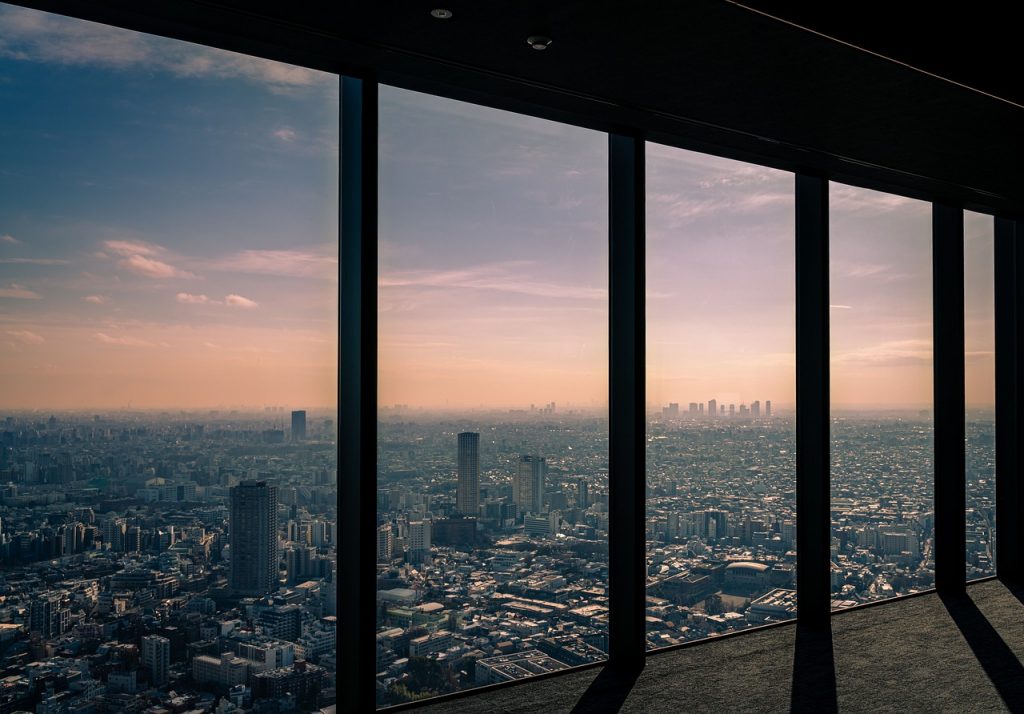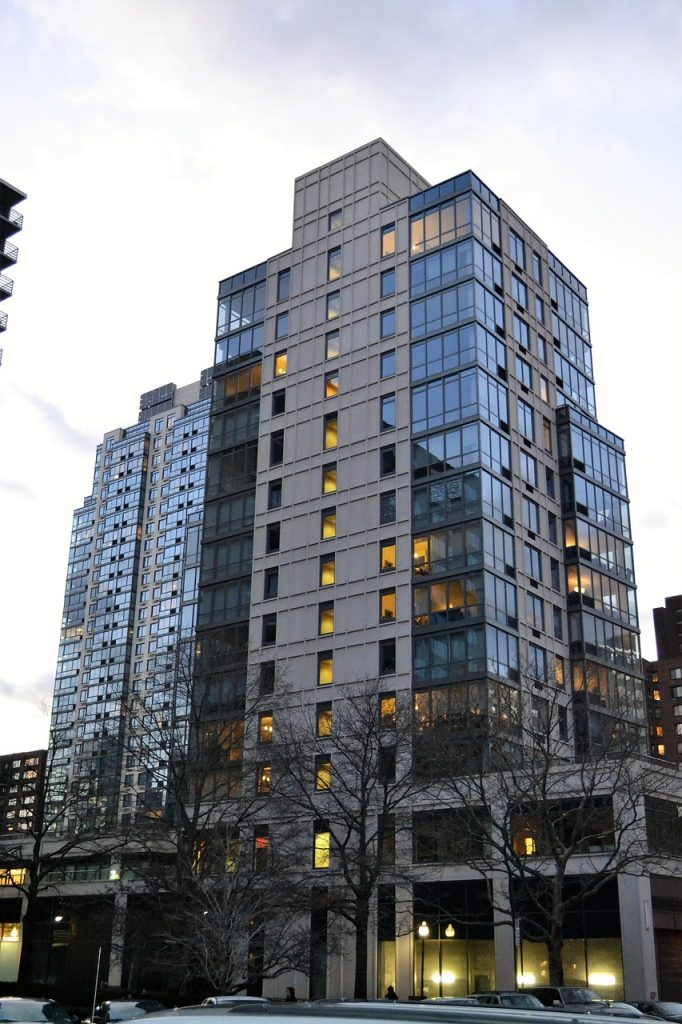
Which Floor Is Best in a High Rise Building?
In India, apartment and flat living is becoming quite common as it offers so much more than just a home to live in. As per the National Building Code(NBC), any building that is 15 metres or above in height will come under the category of a high-rise building. Real estate players are also exploring the market by offering high-rise buildings and going above and beyond the regular to woo their customers. Builders today have become more mindful of catering to various style preferences, lifestyle changes, and people’s tastes. And amidst the ever-evolving market, high-rise buildings have been the number one preference of potential home buyers and investors – as they also offer a wide choice of amenities and facilities along with it.
If the potential buyer has finalized the high-rise apartment, the next decision is which floor is best in a high-rise building. The decision has to be carefully taken after considering all the factors. You can choose to stay on the top floors, mid-level floors, or the ground floor. Let’s discuss in detail which floor is best in a high-rise building.
Which Floor Is Best in a High Rise Building?
Living on Top Floors
Potential buyers are most likely interested in the top floors for the breathtakingly beautiful views they offer, which are accompanied by privacy.

Let’s take a look at some of the advantages and disadvantages of living on top floors.
Advantages
- Stunning Views from the Top There is no denying that views from the top floor are stunning and picturesque. It lets you wind up in peace in the comfort of your own home.
- Provide Privacy- Being on the top floors keeps you away from the city noise and offers a quiet and peaceful atmosphere. This atmosphere can be a blessing for those who wish to lead a calm, stress-free life within the city.
- Additional Security units are typically more secure, as they are far from intruders. It is difficult to overlook someone’s house on the top floor, thus adding an additional layer of privacy and seclusion.
Disadvantages
- Dependency on elevators: It becomes challenging to go down every time you step out of the house. You have to wait for longer times for the elevator. It will be worse during peak times as the lift will be limited, but there will be more people, and the lift might not come to the top floor at once.
- Phobia of Heights: Living on the top floor can be terrifying if you have a fear of heights. The broad view from the top might induce vertigo in some people.
- Additional costs for safety: On the top floor, it becomes imperative to put safety nets and pigeon nets, especially if there are children in the family. You might have to shell out some extra money to make all the necessary arrangements to make the home safe and secure.
- Temperature Extremes: Top floors tend to be exposed to temperature extremes. It will be remarkably hotter in the summer and colder in the winter owing to the extreme exposure. You might have to bear the additional cost of keeping the home cool in summer and warm in colder seasons, thus generating higher heating and cooling bills.
Living on the middle floors
In a high-rise building, any floor above the 5th floor is considered a middle floor. The middle floors offer a mix of both worlds- the convenience of being near the ground floor and the luxury of being on the top.
Advantages
- Varied views from the balcony: Middle floors offer pleasant views when compared to lower floors. Some may have nicer views, but some middle floors might have obstructed views of other buildings.
- Moderate Elevator Wait Times: You can still have easy access to the elevators from the middle floors when compared to the top floors. Also, during peak hours, going up and down will be less troublesome.
- Accessibility and Safety: The middle floors provide accessibility and convenience for using the staircase in the event of an emergency. People can easily walk down the stairs if the elevator is taking too long.
Disadvantages
- Dissimilar views: The middle floors could have an obstructed view of the neighbouring buildings or trees. Not all flats on the middle floors will have a pleasant view.
- Compromised Privacy- While middle floors offer more privacy than the ground floor, they do not provide complete privacy as the upper floors do. For an individual who wishes calmness and solitude, it might be difficult to reach the middle level.
- Temperature and Light- Middle floors are also exposed to temperature variations but less than the top floors. Additional costs for heating in winter and cooling during summer might put additional expenses on the flat owner/renter.

Living on the ground floor
The ground floor is synonymous with easy accessibility and no waiting time. If you have elders or little kids in your family, this will be the best option as there will be no waiting for the lifts and no steps to climb or move out of the house.
Advantages
- The convenience of getting out: The ground floor gives flat owners easy access to step out of the building without waiting for the lifts.
- Early evacuation in case of emergency- If there is an emergency, ground-floor residents can easily evacuate the building at once.
- Easy access to common areas- All the amenities of the society will just be a door away when you stay on the ground floor. A trip to the grocery store, the pharmacy or the dairy will all become easy without worrying about waiting for the lifts.
.
Disadvantages
- Disturbance by noise- The ground floor is prone to maximum noise from outside. Being near the ground means you will hear a lot of noise from the vehicles and passers-by.
- No Privacy- Being on the ground floor means you are always on the radar of passers-by. It could be an excellent way to meet people, but you might not want to meet people every time you look out of the window.
- Limited or no views- The ground floor offers limited views of the street or the amenities(if any)
- Adverse weather- Ground floor flats generally get limited sunlight, thus resulting in moulds and dampness of the walls, which might pose health hazards for the residents. Also, in excess rainfall, water could get inside the house. There is an increased chance of pests and insects due to this factor.
FAQ’s
Vastu Shastra is an ancient Indian system of architecture that guides how the building should be designed so that it channels positive energies in our lives. It utilizes the principles of scale, layout, measurements, space organization, and spatial geometry to bring out the best. According to Vastu, living on the ground on the first, second, and third levels is recommended as it is near the water element. It further states that any flat above the fourth level lacks water components, causing friction in relationships.
The middle floors are considered the safest in a high-rise building. It offers privacy but also offers the convenience of going out immediately by use of escalators or stairs. These floors are also less prone to bypassers’ eyes, and hence, there is less chance of burglary and housebreaking.

